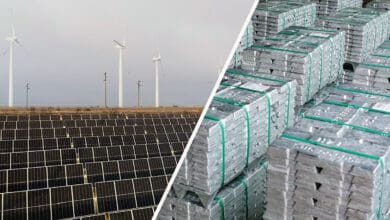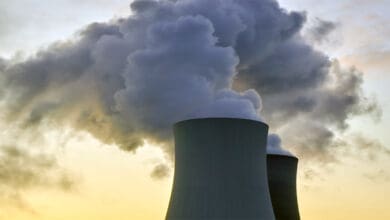Power distribution utilities or DISCOMs in the country have been sanctioned loans of Rs 1.35 lakh crore and disbursed Rs 46,321 crore so far under the liquidity infusion scheme, Parliament was informed on Tuesday. “So far, loans of Rs 1,35,497 crore have been sanctioned and Rs 46,321 crore have been released to states/DISCOMs by REC and PFC (Power Finance Corporation),” Power Minister R K Singh said.
The central government had announced a liquidity infusion scheme as part of AatmaNirbhar Bharat Abhiyan on May 13, 2020, in the backdrop of the outbreak of global pandemic COVID-19 in the country. Due to the consequent nationwide lockdown, the revenues of the power distribution companies (DISCOMs) nosedived, as people were unable to pay for electricity consumed, the minister told the House.
Under the scheme, PFC and REC have extended special long-term transition loans at concessional rates to DISCOMs against the receivables of the DISCOMs from the state government in the form of electricity dues and subsidy not disbursed, to enable them to clear their outstanding dues as existed on June 30, 2020 towards Central Public Sector Undertaking (CPSU) Generation (Genco) & Transmission Companies (Transcos), Independent Power Producers (IPPs) and Renewable Energy (RE) generators.
Further, to enable DISCOMs that do not have adequate headroom available under working capital limits of 25 per cent of last years’ revenues, as imposed under Ujwal DISCOM Assurance Yojana (UDAY), or do not have adequate receivables from the State Governments, Government of India has also approved a one-time relaxation to PFC and REC Ltd for extending these loans.
The minister told the House that this intervention enabled Gencos to pay for coal companies and meet their operational expenses. This has enabled continuation of uninterrupted power supply throughout the COVID period across the country. Further mitigation of liquidity issues enabled the power sector to cater to highest ever peak demand on 189.395 GW on January 30, 2021.
“Transactions of power purchases and payment thereof are a continuous process. As per information available with this ministry, overall DISCOMs dues to Independent Power Producers (IPPs) including thermal power producers as on June 30, 2020 was Rs 40,635.57 crore,” the minister added.
In another reply to the House, the minister said, “Government has transformed India from power deficit in 2013 to power surplus. The installed generation capacity is around 379 Giga Watt which is more than adequate to serve the electricity peak demand of 190 GW.”
The government has also made plans to have sufficient generation capacity to meet future demand of electricity. The all India power generation installed capacity by the end of 2026-27 is estimated to be 6,19,066 MW which includes 2,38,150 MW coal, 25,735 MW gas, 63,301 MW hydro, 16,880 MW nuclear and 2,75,000 MW renewable energy sources to fully meet the electricity demand projected as per the 19th Electric Power Survey on All India basis, he added.
As per the recent study carried by Central Electricity Authority on Optimal Generation Capacity mix for 2029-30, the likely All India installed capacity in 2029-30 is estimated to be 8,17,254 MW which includes 2,66,911 MW coal, 25,080 MW gas, 71,128 MW hydro, 18,980 MW nuclear and 4,35,155 MW renewable energy sources, he informed the House.
The focus of government is to increase the share of renewable energy which is available in plenty within the country to meet the requirement of the country and also export to our neighbouring countries, he added.
In another reply, he also told the House that state-run NTPC Group has an installed capacity of 64,880 MW and the generation of more than 300 billion units (BUs) is expected during the year 2020-21.
NTPC plans to add 12,850 MW thermal capacity and 6862 MW renewable energy capacity by the year 2024. As per the National Infrastructure Pipeline (NIP), investment planned during 2020- 2025 by NTPC is cumulatively about Rs 1,30,377 Crore.














